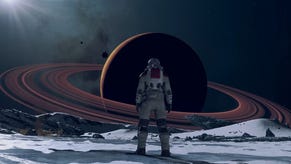Starfield review: an impressive RPG that's so big it feels small
There's so much space it's hard to find a connection
Space. The medium frontier. These are the voyages of me, reviewing Bethesda's big space RPG Starfield. It's the company's first new IP in almost 30 years (a claim that contains in it an inherent threat for Starfield 2), and though Bethesda has copied some of their own homework for some themes and factions, Starfield is indeed a spacefaring adventure of epic scale and sometimes surprising beauty. It's this scale that makes Starfield feel unfortunately small and empty, a place that still has those fun little Bethesda side quests that escalate into something huge and absurd, but that can also swallow them whole in its cold, star-scattered grandeur.
Here we will reach for the term NASA-punk, which has been pegged as Starfield's broad aesthetic style. It eschews the super-advanced holograms and shimmery onepiece outfits and instead sees a future where we still use big chunky spacesuits and strap into our spaceship pilot chairs with the kind of seatbelts you get on Ryanair rather than the pneumatic safety bars on Alton Towers' Nemesis. The future is modular cubes with rounded corners - even the food! I think my favourite bit of Starfield world building is that the most successful food company is called Chunks, and it provides cubes of synthetic future nutrition. Cube apples. Cube cheese steak. Cube pumpkin pie.
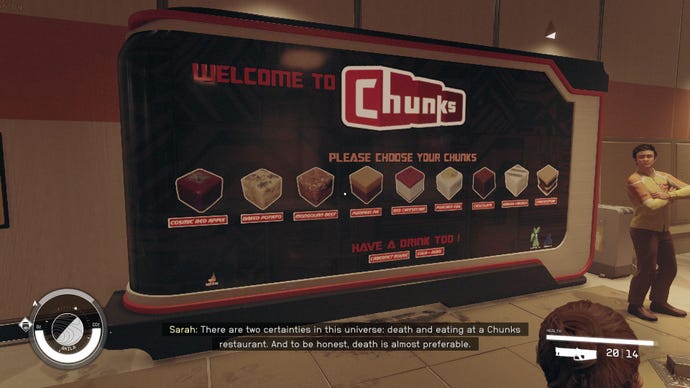
One of the first books you can pick up in the game is the Chunks founder's autobiography, and I would have liked it if, in my cumulative days spent loading-screening around Starfield's universe, I had run into one of his descendants or exploded the Chunks factory at the behest of a Chunks rival. And in fairness that might be a mission that exists. It's not that side missions themselves are hard to find; Starfield is littered with tasks like local parks in the UK are full of half-fainting sunburned locals on the first hot day of the year. You'll trip over them, in fact, but there's no way to tell if one is going to be interesting until you engage with it.
The "You" there is, well, whoever you want to be. You start as a miner, and are amnesia'd into character creation, "do you remember any of this?" style, where you can craft your face and approach to the game in suprising detail. My captain is a Space Scoundrel (a smooth talkin' Han Solo type who specialises in pistols), but you could go for hand-to-hand combat or an egghead that prefers lockpicking and laser weapons. I picked the Kid Stuff trait, which gave me parents who used the money I sent them to go on holidays all over the place. Whatever you pick, you're press-ganged into Constellation, a club of variously annoying explorer types who provide the plot and your stable of helpers, of which you can take one with you at a time.
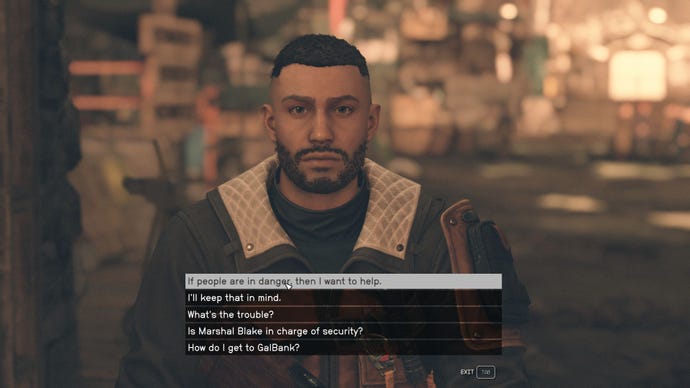
Look I'm not saying there are loads of bugs, but there definitely aren't none bugs. The most infuriating one I encountered broke my quest tracking, randomly selecting a task literal lightyears away instead of what I actually wanted. There's also just Bethesda NPC jank, which is your standard "this person looks and turns like a haunted shop doll" experience. Image credit: Rock Paper Shotgun/Bethesda
The main story, which is basically an extended MacGuffin hunt that morphs into a sub-Duncan Jones sci-fi twistathon I'm not supposed to tell you anything substantial about (but which, at several points, did something I massively respected only to almost immediately reverse it), rattles along. I'd recommend you get through most of it as quickly as you can. All told, it'll take you somewhere in the region of 35 hours, but the business of being lost in Starfield's world mostly happens around it. The story's real utility is to kite you to the cities, where you will meet the standard Bethesda factions (Libertarian Mud Cowboys and Infrastructure Fascists, with side groups of Pirates That You Kill On Sight and Business Bastards). You can sort of join, or at least work with, any or all of them to mixed results. The cities are also where you pick up the most random tasks or mini missions via the expedient method of NPCs waiting for you to walk past to shout things at thin air, like extras on The Truman Show.
Some of these tasks escalate, especially faction quests (the Freestar Rangers on Akila have a good one). You might find a note on a dead pirate that leads you to quite a big fun shootout, or intercept a distress call that ends in leading a small armada of settler ships against some marauding space-dickheads. But many of these missions are there to make the giant locations feel less empty, and as such feel quite empty themselves. On two separate planets I completed a series of tasks for wholly unrelated scientists that revolved around the placement of sensors and the collection of data, over several days.
Despite the map actively fighting against you, the authored cities themselves are evocative, cool places. I especially liked Neon, a cyberpunk city built on an ocean planet, which feels dense and humid just looking at it. Cassiopeia is the location of one of your potential companions' personal quests, and had giant crab monsters that looked like the orange rock formations around which they evolved. Stuff like that is extremely good! I like it a lot! But it fills the cracks between big swathes of RNG planet surfaces populated by whiskery scorpions and giant buttplug cacti put together from what you quickly realise is a limited Duplo set, especially given the size of the universe Starfield simulates.
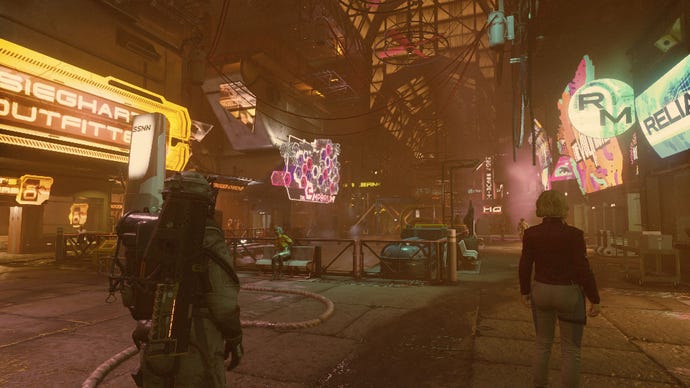
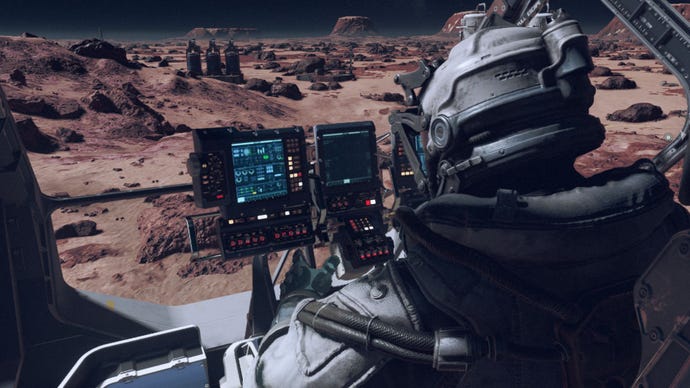
It's also lacking in some of the reactivity you'd expect from a Bethesda RPG. In one main story mission you engage in a heist that, no matter how many secret Ocean's 11 plans you put into place, will always end in a firefight, in Bethesda's unfortunately weightless combat that Nate (RPS in peace) described in Fallout 76 as like "throwing packing peanuts at Jason Momoa". The fact that I had parents living on New Atlantis did not generate a special response option when a bartender asked if it was my first time in the city. At one point an advanced enemy chased me through the different districts of New Atlantis, and the cleaner who I had been supplying with cappuccinos disappeared from the future-train station she worked at because it had been partially exploded - only to appear there again once I fast travelled back, with nothing to say about it. Woman! Your life was endangered! By me!
Also absent is what I will refer to as Bethesda whimsy; there is a robot, but he is quite boring (and also one of the worse companions to take with you, because he's very slow and will block doorways). Nobody really cracks wise, presenting an inverse of the problem to Marvel movies pausing for ten minutes so everyone gets the chance to do a one-liner. I did a fetch quest that was to collect funds for a shelter for unhoused families, and look, I get what you're trying to do here, but since I did not get a mission to create systemic change that would render the shelter unnecessary - or even destroy the shelter because I'm a hyper-capitalist bastard! - are you actually doing anything?
Other cracks are stuffed with extra hashtag content that you don't really need to engage in. Many, many useless items are simulated, so you wander about with your scanner open so you can more easily spot the credit chips and digipicks among the notebooks and desk plants, and since you can't pick up a desk plant and punt it at anyone's head, one wonders what the point was. Like in Fallout 76, you can build outposts on planets to mine resources, with which you can build more outposts and station crew members at them, but I can't say it transformed my game. There are also status effects that you can incur from, say, falling too far, which might dislocate a limb or give you a concussion, and so require a specific aid item. But damn if it isn't usually easier to go to a med clinic and get by on the (plentiful) heal kits the rest of the time.
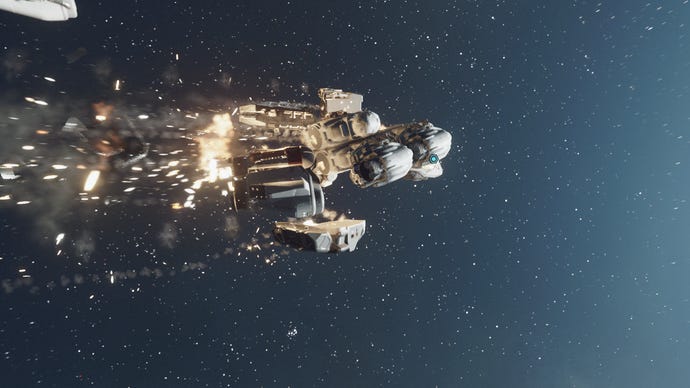
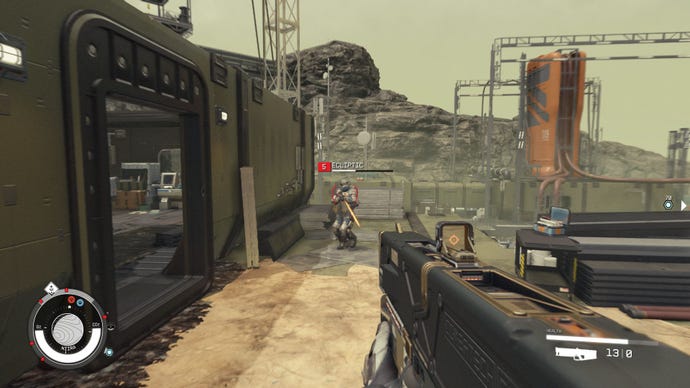
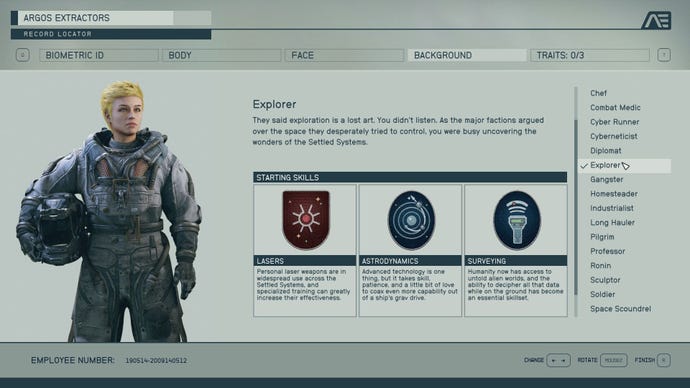
The spaceflight though? Building your own ship? That's pretty great. The Frontier, which is the first ship you're given, sucks, and though it's a fiddly process that the game doesn't do much, if anything, to help you with, building your own ship is extremely satisfying. You can gradually upgrade the different parts - the most crucial being the reactor, which governs how much energy you can divert to different weapons or shields. And I genuinely love the dogfights in space, where (if you have the right crew) someone will be reading out damage to your ship, or shout when the enemy shields are down, while you careen around a debris field trying to get a missile lock. It's fucking great. It feels like you're in an episode of that space nerd TV show you like - whichever, pick one. And since, like the weightless combat, there are times when you genuinely can't avoid ship combat no matter what you try, it's worth putting time into understanding it.
A shame, then, that you don't actually spend much time flying around! The space playground you're given is so large that actually navigating it in your spaceship is functionally, if not literally, impossible, and travelling to another location is done by pulling up at least two menus that then result in a loading screen, and then probably another menu. This is why Starfield feels smaller than Skyrim or Fallout. You cannot, as it were, see that planet and fly to it. You can't reliably walk somewhere and find something weird and interesting. Whiterun is a tiny proto-Rohan with about 20 residents, but they all have a job and a house and, memorably, some of them hate each other with a righteous small-town fury. I've not run into anything that feels actually lived in like that in Starfield.
It's a genuinely impressive space game that hides its best bits, not in way that asks you to track things down but in a way that asks you to grid search in case you miss anything memorable. The more memorable bits themselves feel like they get cut off too soon, and the fun bits are kneecapped by the limitations inherent in making a game this size. Ambition does not have to mean making something literally larger than anyone else, and you don't have to build an entire universe to make a game last 130 hours. In fact, I'd rather you didn't.
This review was based on a retail copy of the game that was provided by publishers Bethesda Softworks.
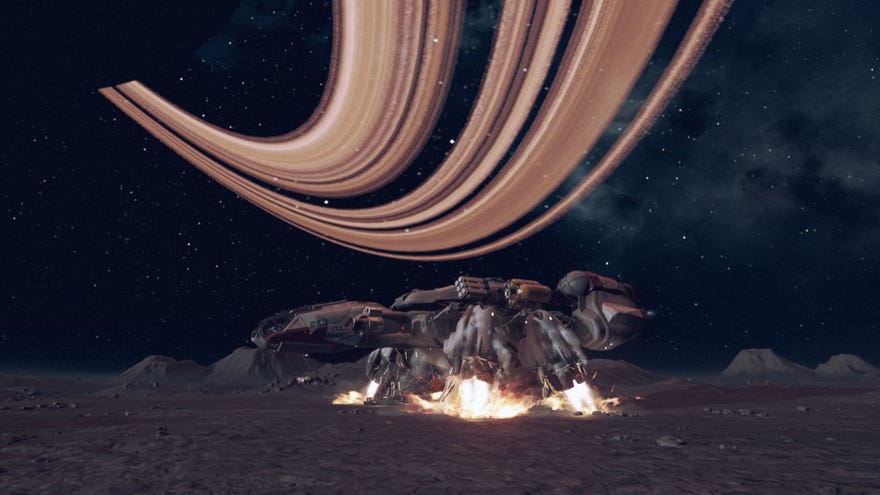


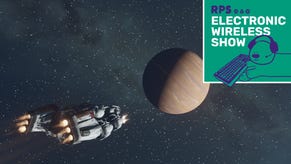
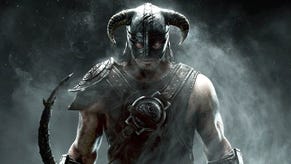
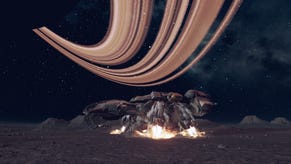
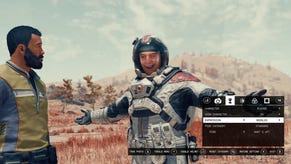
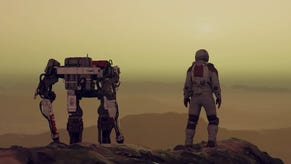
_RPpOtnt.png?width=291&height=164&fit=crop&quality=80&format=jpg&auto=webp)
